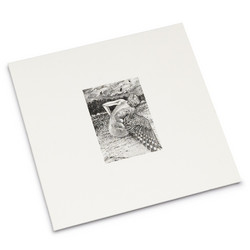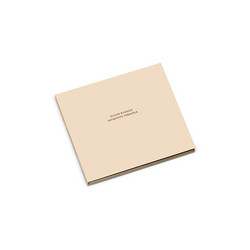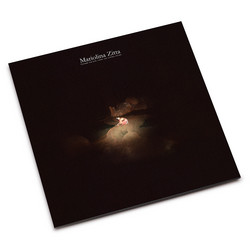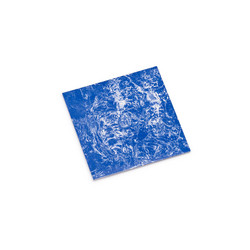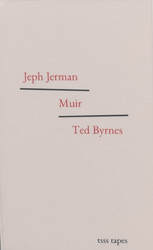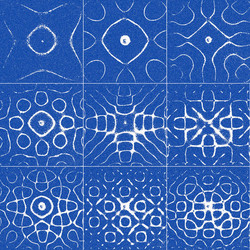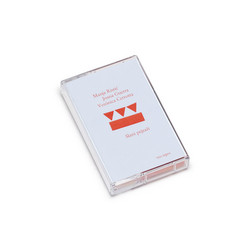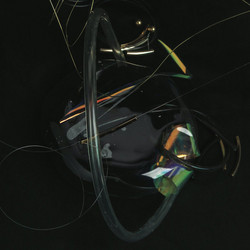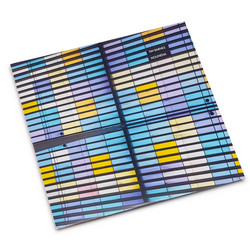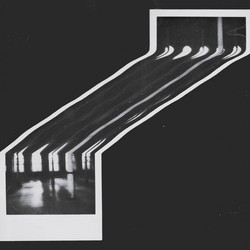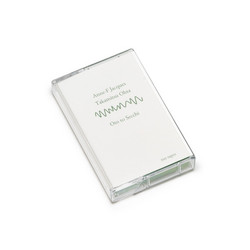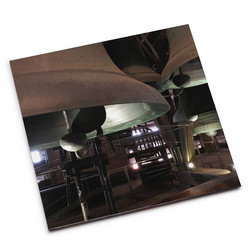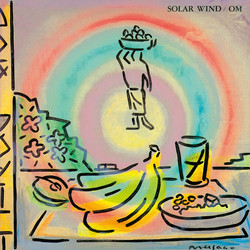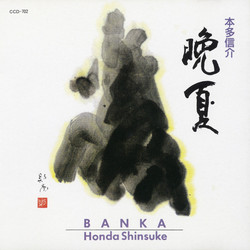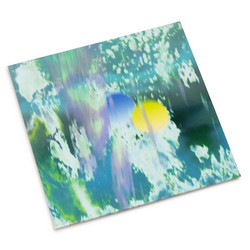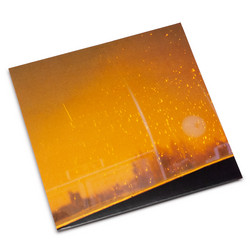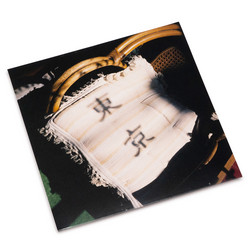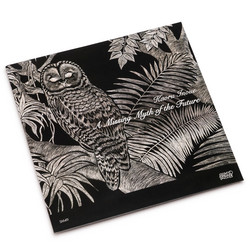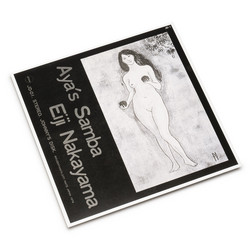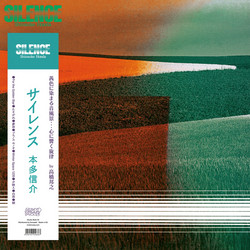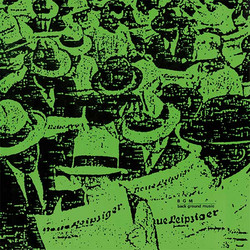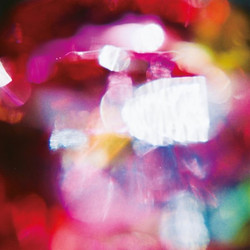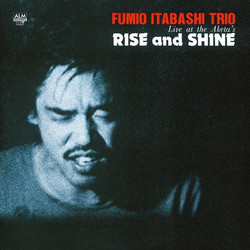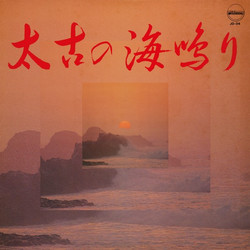Studio Mule present a reissue of Eitetsu Hayashi's Kaze No Shisha, originally released in 1983. Spiritual leaning rhythms come from none other than Eitetsu Hayashi, one of Japan's most renown taiko drummers, a percussive instrument that is deeply rooted in the mythology of Japanese folklore. Kaze No Shisha is a crucial album in his long-spanning career, that started in 1971 when Hayashi joined the famed Ondekoza Group. The so-called "demon drum group" established the taiko drumming to a global audience and intensively toured around the globe between 1975 and 1981. Shortly after, Hayashi and some like-minded spirits formed Kodo, a new drum troupe with Hayashi as the lead drummer. After their first live performances he left the ensemble again in order to launch his solo career, an output first marked by Kaze No Shisha, released in 1983 on the Japanese subsidiary of the US record company Victor. The album's six compositions feature Hayashi on taiko drum and other percussion by famed Japanese composer Midori Takada on marimba, cymbal, and bells, Shuichi Chino on synthesizer, Chi Soungja on the traditional Korean zither gayageum and the Korean janggu drum, as well as the singers Kamur and Tenko, also known as The Honeymoons. The record's A side starts rough and traditional with "Kintonun", a tune in which Hayashi bangs the taiko stormy while charmingly dancing with Chi Soungja's Korean janggu drum performance. A propulsive start that slides into "cosmos" -- a slow glooming melancholic trance-folk-spiritual tranquilizer, featuring Hayashi playing the piano and koto, while Chi Soungja ghostly weeps on his gayageum zither. A perfectly built folk drama, deeply charged with a musical infinity. Its followed by "kalavinka", an industrial leaning composition that lifts off with metal tones and meditative chanting, only to melt into a mesmerizing melodic marimba crescendo, played by Midori Takada. B side opener "Kaze No Shisha" presents a slow growing performance by Hayashi on the Japanese zither koto. His nervous play transforms into a synth drone played by Shuichi Chino, that slowly makes space for Hayashi's tribal taiko drumming that again disappears in another wave of koto string notes. The follow-up "Bakuon" launches with a supersonic transport sound and operatic singing by The Honeymoons, which amalgamate with Hayashi's feverish performance on his main instrument, the taiko. On "Seiten", Hayashi creates a conversation between the taiko and mokugyo, also known as the Buddhist wooden fish. A captivating, experimental album, full of Japanese music mysticism, surprising non-linear shock-waves, repetitive minimal structures, and frenziedly drumming.

